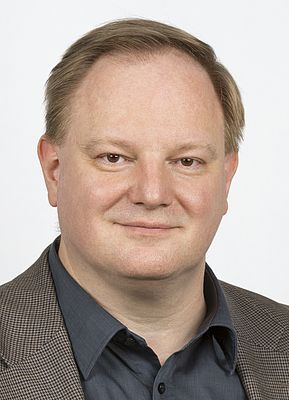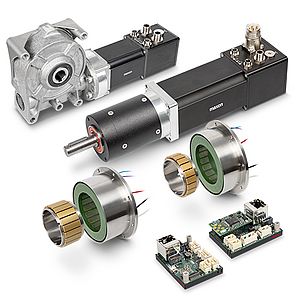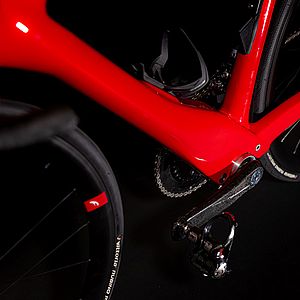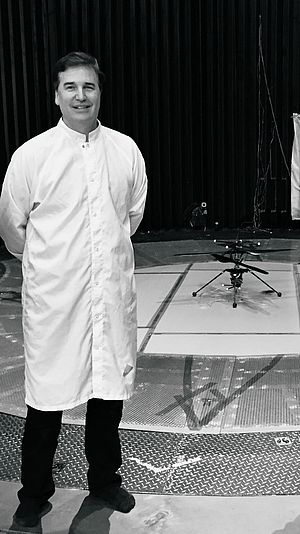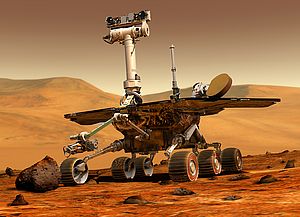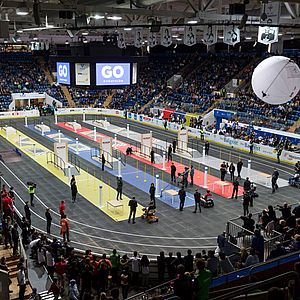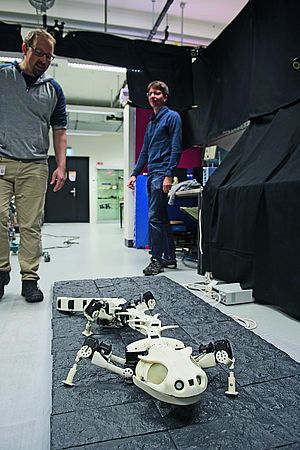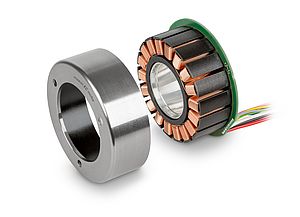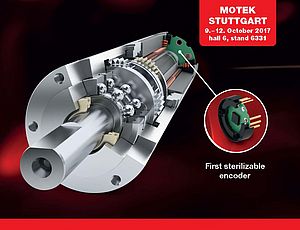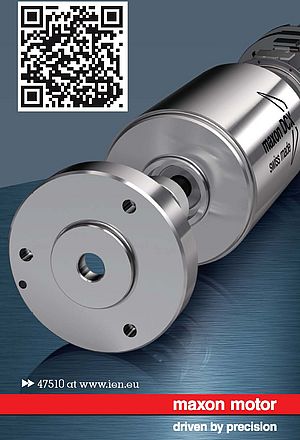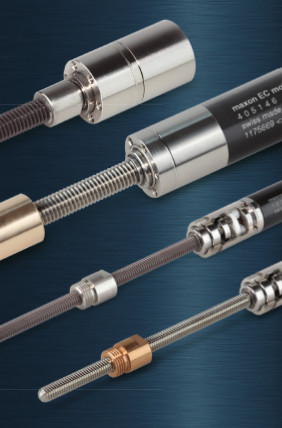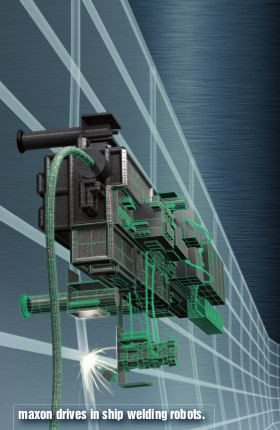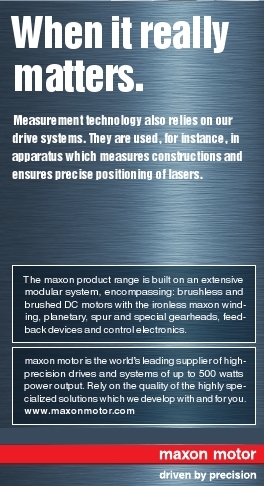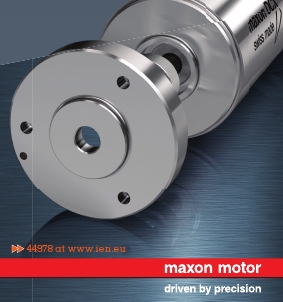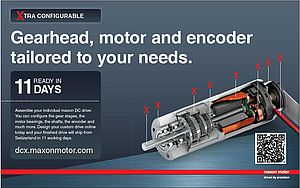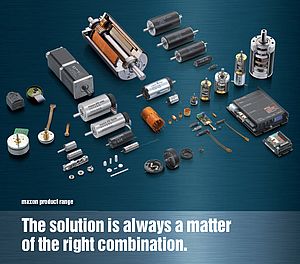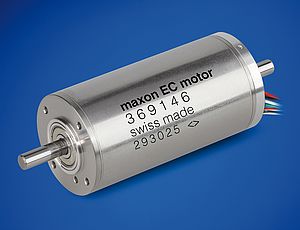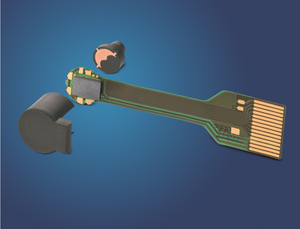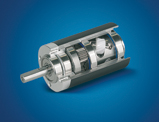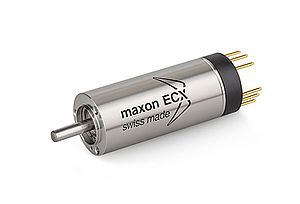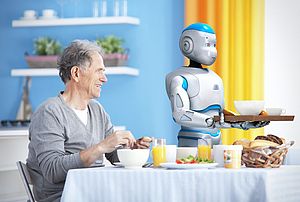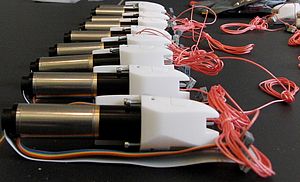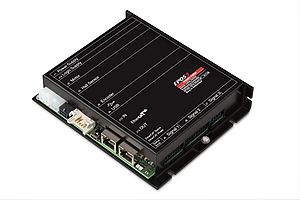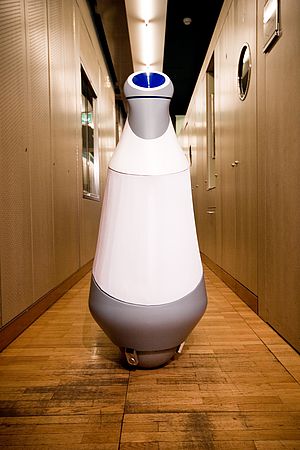IEN Europe: Can you give us an overview of the situation regarding the drives market? What are the current trends in drive technology?
Mr. Busse-Grawitz: The drives market is still booming, especially in the more advanced market segments. The markets for drives are still highly fragmented, and a lot of the design is done by local engineering firms. On the side of drive components like motors, gears, drive electronics, there are less players. Here, one part goes with the mass markets while the others favour highly customized specialties. The overall trends which we can observe are governed by one theme: increasing complexity. Our customers are serving ever more demanding applications, and the focus is shifting from drive know-how to process know-how. This means that the market increasingly demands complete drive solutions, not just drive components. Another implication of the increased complexity is that quality, reliability and longevity become ever more important, just because there are many more drives per unit. For obvious reasons, no one wants to compromise on up-time or availability, be it in aerospace, automotive, or biological and medical research, to name a few. This means that today every single drive needs to be much more reliable than one or two decades ago.
IEN Europe: Which motors are especially well suited for Robotics? In which application areas they can be used?
Mr. Busse-Grawitz: You are basically looking for motors that have a high torque with low inertia. The figure which links both things together is called mechanical time constant. The lower this constant, the lower the inertia for a given torque. The best motors have a mechanical time constant slightly below one millisecond. Besides, motors for robotics need to be lightweight and efficient. In many applications, a good torque control is desired - one really wants to know which forces the robots exert. This means, the friction of motor and gear need to be very low, and the motor torque characteristics should be linear, with nearly zero torque ripple. This often leads to motors with ironless windings. Then, of course, the question is: where is the robot used? What is the application? Depending on the answer, other aspects come in, such as: radiation hardness (space, nuclear medicine, particle accelerators), tightness, explosion safety, temperature stability against very high or very low temperatures, vacuum performance, operability in high magnetic fields (NMR, MRI), and many more.
IEN Europe: Which are the most successful application cases as regards Robotics?
Mr. Busse-Grawitz: In terms of public visibility, there are the robots in space, for example the Mars robots, and also the Rosetta mission. This marks one of the key application areas for robots: they go where no human dares to be. For us, the real success is that our motors are designed into the overwhelming majority of humanoid robots, mainly because of low mechanical time constant, low friction, very high power to volume ratio. Very importantly for this market, we are able to customize our motors rather quickly.
IEN Europe: maxon motor gives the chance to configure DC motors, gearheads and encoders in order to supply the best solution. In terms of performances, what are the specifications required when customers have to choose a drive system?
Mr. Busse-Grawitz: In most cases, the first question to ask is which mechanical power is to be delivered, which torque, at which speed. Many of our motors allow for temporary overload. So, for cyclic applications the peak torque may be much higher than the rated torque, provided the duration of the peak is sufficiently low compared with the thermal time constants. Also, one could increase the available torque with forced cooling. Then, there are safety and performance questions: do I need a drive that is self-locking? If yes, one could achieve this with gears that are not back-drivable. However, these gears have an efficiency below 50%. Other applications require the contrary: full transparency of the load torque, for better controllability and sometimes also for safety aspects like easy collision detection. This requires highly efficient, fully back-drivable gears or even no gears at all, which results in bigger, direct-drive motors. Good controllability also needs good feedback devices, precise encoders with sufficient resolution. Paradoxically, the lower the speed the higher the needed encoder resolution. Double speed stability (or half speed) needs four times more encoder resolution. Also, the lower the inertia and the higher the friction, the more encoder resolution is needed.
IEN Europe: What does energy efficiency mean for maxon motor? How do you apply this concept on drive technology?
Mr. Busse-Grawitz: Depending on the application, the answer may be easy, but sometimes stunningly difficult. Let us start with the easy answers: on "constant load" applications such as a water pump, there is a speed, a torque, which gives a mechanical power, and one looks at the electrical input power required. Divide the two, and you get the efficiency in the classical sense, at a given working point. However, there are many settings where the answer is not at all as easy as that. Let us take for example a pick-and-place machine. It performs back-and-forth movements at high speed. However, in a classical sense, no work is done and hence the classical definition for efficiency is not sufficient. The question is: if the load inertia, the movement length and the cycle time are given, how much electrical power do I need? After some calculations, one arrives at the following dependencies: if the gear ratio is ideal (matching the load inertia to the motor inertia), the required electrical power is directly proportional to the mechanical time constant of the motor. Also, the result is dependent on the square of the gear efficiency and displacement length and the fourth power of the time. So, this means, if I want to double the pick-and-place frequency, I need sixteen times more electrical power. If my gear has 50% efficiency, I need four times the electrical power.
IEN Europe: This means, sometimes the power requirements can be really high. Are there any ways to reduce the required electrical power?
Mr. Busse-Grawitz: Sometimes, the movement has some known components or repetitions. Then, the electrical power can be greatly reduced by adding springs to compensate for the known part of the movement. Sometimes the load inertia is not just given, but the motor and gear themselves are part of the load inertia. Here, a slightly less efficient but smaller motor / gear combination may lead to a much better overall efficiency. Then, there is the stability of the control algorithms. Often, engineers tend to favour "hard" control which results in currents flowing back and forth with no real movement occurring. Making the control only as hard as needed or choosing a motor / gear combination with low friction and low play can greatly help reduce unwanted heat.
IEN Europe: Which goals maxon motor's Research & Development Department have achieved recently? Which goals the company hopes to possibly achieve in the future?
Mr. Busse-Grawitz: At the moment, we are still completing our new configurable DC motor line, which consists of DCX motors, GPX gears and ENX encoders. The motors and gears are designed for higher efficiency and smaller size than their predecessors. The encoders have been designed for high robustness. Our pipeline contains some very strong brushless DC motors with high torque-to-volume ratio. On the other end of the size scale, we have just released a powerful, highly efficient, lightweight bicycle motor system. Also, we are developing special drives for haptic applications to serve our robotics customers even better than before.
IEN Europe: If maxon motor could find a statement to define the company's mission, what would it be?
Mr. Busse-Grawitz: To enable our customers to achieve top performances in demanding applications, by providing high quality tailored and standard products and excellent service.


